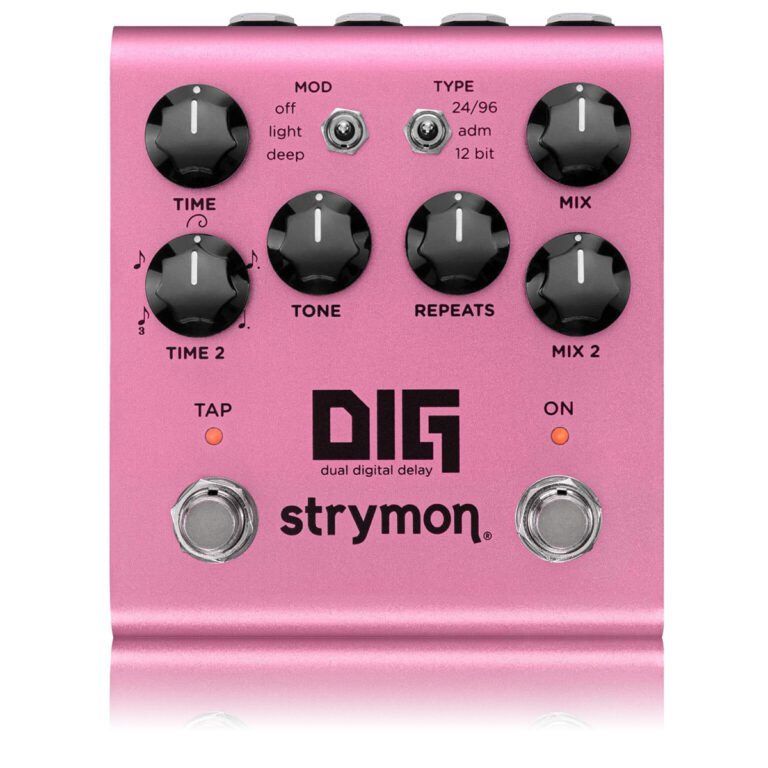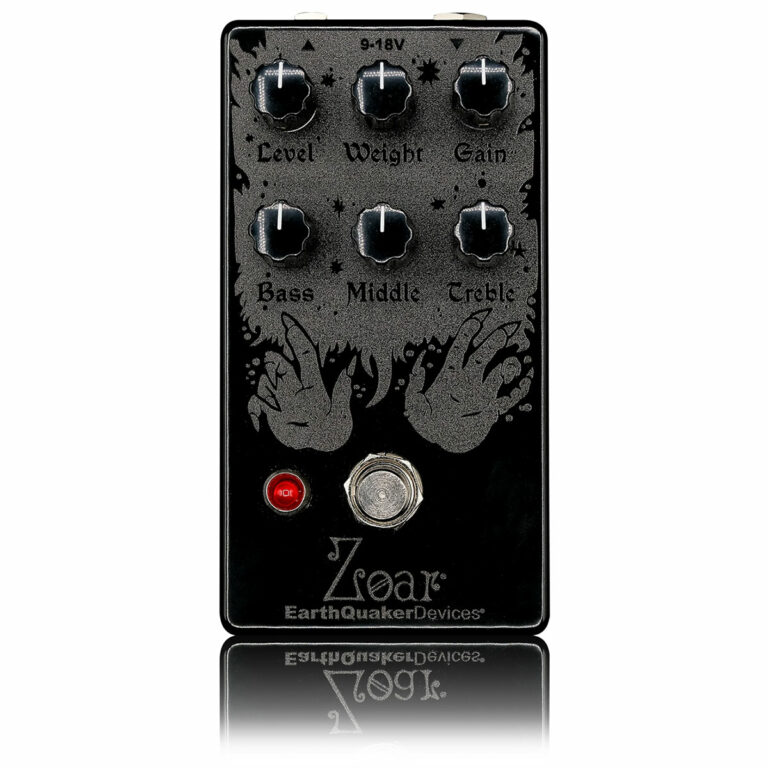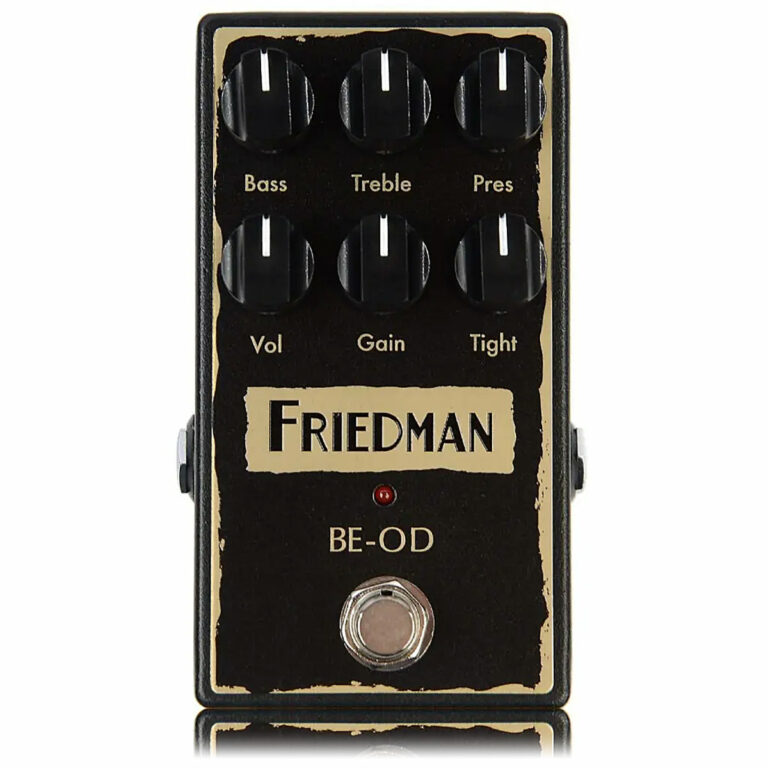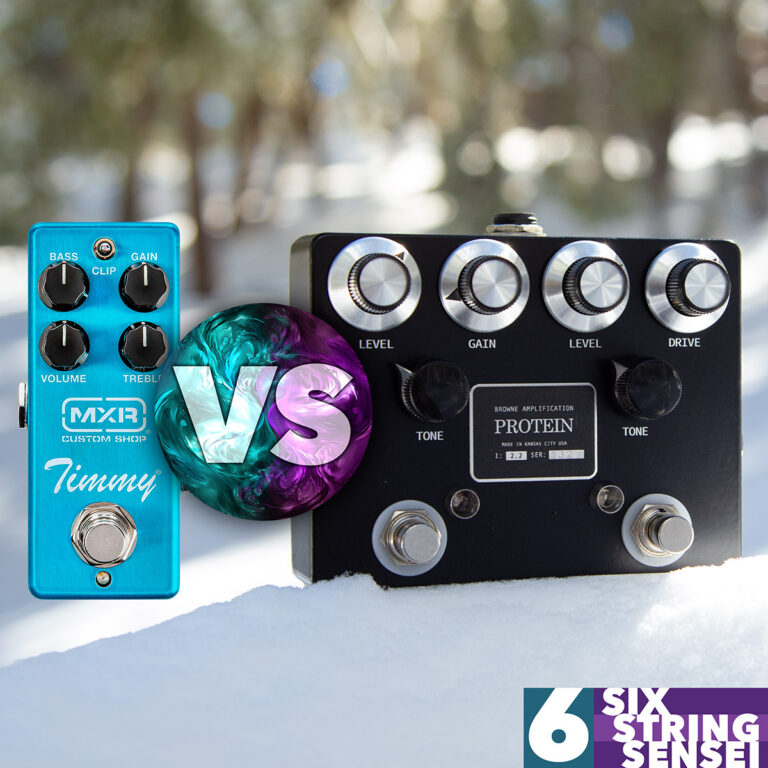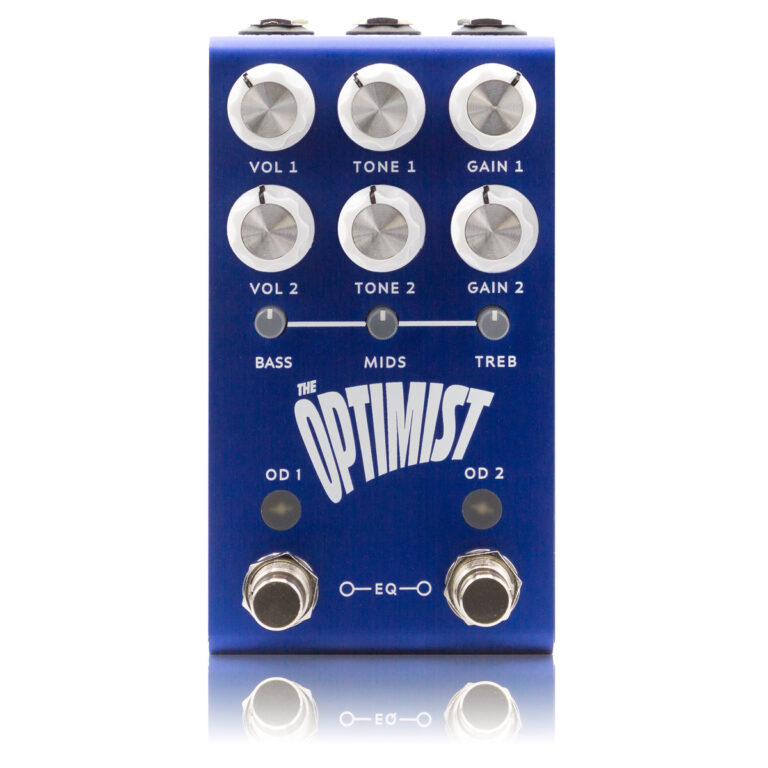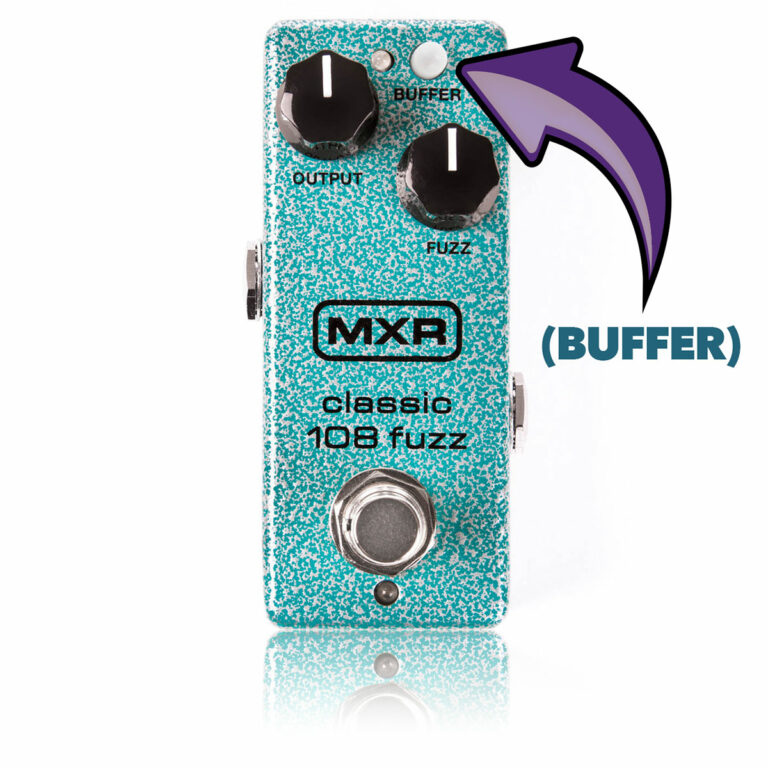Is the Strymon Flint Still Worth It?
The Strymon Flint is one of the most respected reverb pedals in the world. Many true professional guitarists depend on it for their classic reverb sounds. It’s been out for a while now… So, is the Strymon Flint still worth it?
If you are here it’s almost a given you know about the Strymon Flint reverb and tremolo pedal. You’re likely here to learn more about it in case you’ve never had the opportunity to own one. Maybe you have a Flint V1 and are considering a newer version.
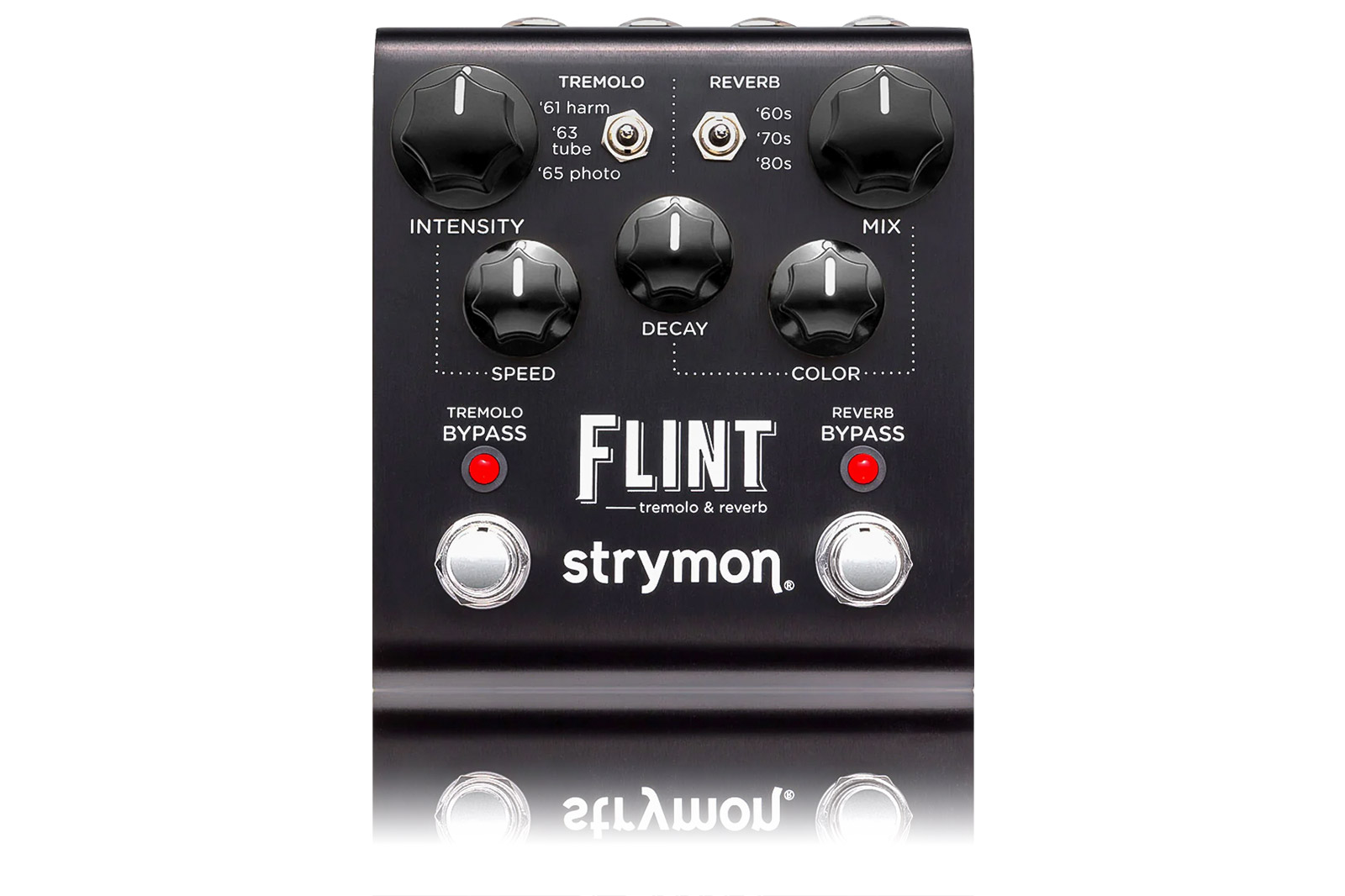
The original Strymon Flint (V1) reverb release date was back in 2012. The Strymon Flint V2 release date was June 11, 2022. From a sound perspective, even though the V2 claims a superior analog JFET input circuit, they generally sound about the same. Reverb is something you blend into your dry sound, unlike distortion which basically saturates your entire tone. For this reason, it would really take some very careful A/B back to back listening to be able to really tell a difference. For the most part, it’s not a huge difference in sound.
Strymon Flint V1 vs Flint V2
I have Strymon Flint Limited Edition Black Knob version, which is essentially just a V1 with black knobs from factory. I also recently acquired a Strymon Flint V2 with the cream knobs, USB-C input and MIDI. I don’t really want to make this article about the difference between the Flint V1 and V2. However, since we’re on that subject, that’s essentially the difference. V2 has MIDI and a USB-C port, and the JFET input. To me, MIDI is important. But if MIDI isn’t your think, it’s not really worth springing for a V2 unless you definitely want to buy new. There is also an update to how the secondary functions work. Now you can easily access those with one hand instead of two.
Unlike some of the other Strymon V2 pedals like the El Capistan V2 and DECO V2 that got an extra front knob for more functionality, the Strymon Flint V2’s front panel is pretty much still the same as it was on V1. But as stated earlier, accessing secondary functions is now easier since you don’t have to push both footswitches at the same time. Now you just long press one of the switches to access the secondary functions and then exit out of that mode. Much easier.
A Reverb That Will Never Age
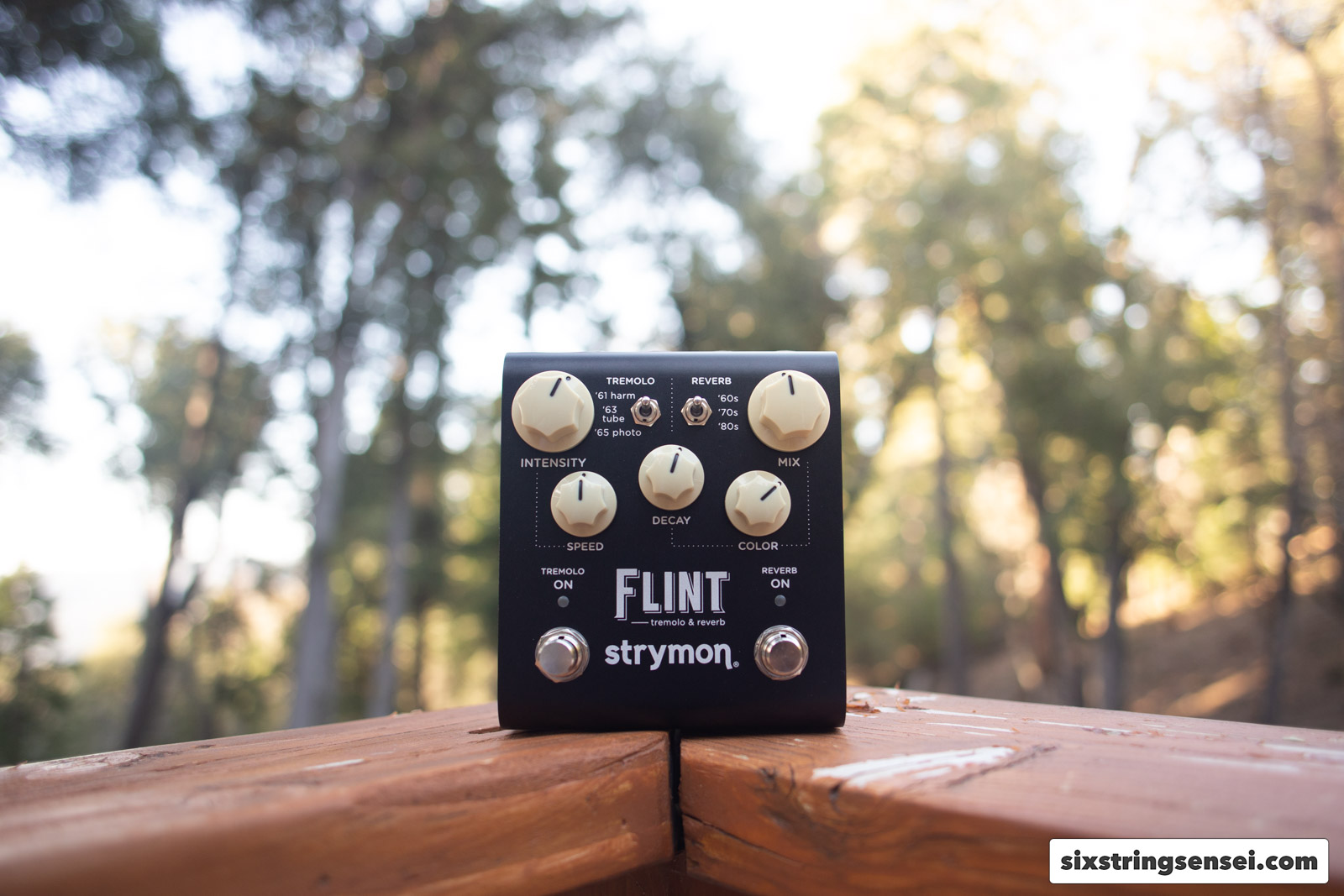
The main thing about this article is to point out the fact that this is one reverb effects pedal that will likely never age. People ask if it’s still worth buying a Strymon Flint after it has been out for more than a decade. And well, the answer is YES. The reason is, it sounds like it’s supposed to sound. It sounds amazing. All 3 reverb programs are amazing and super useful. My favorite is the 70s setting for medium to longer decay reverbs. However, the 80s hall reverb set with a higher mix and super short decay time is absolute magic. All 3 tremolo programs are great as well and arguably the harmonic tremolo is likely one of the best harmonic trems in existence. It’s a tremolo effect that is very hard to get right, and Strymon did.
Granted, I believe Strymon could have done better on the 60’s spring reverb. While it sounds great, it’s more of a subdued spring. It doesn’t do the drip thing and it sounds considerably less metallic than a real spring tank. I feel that given the pedal has that 70s and 80s mode, the 60s spring should have been properly spring-tank like. In my opinion, the Universal Audio Golden from the UAFX line of pedals does a better spring reverb. But, for everything else, the Strymon Flint has got it beat… Not to mention, it has that amazing tremolo.
Strymon Flint Stereo Consideration
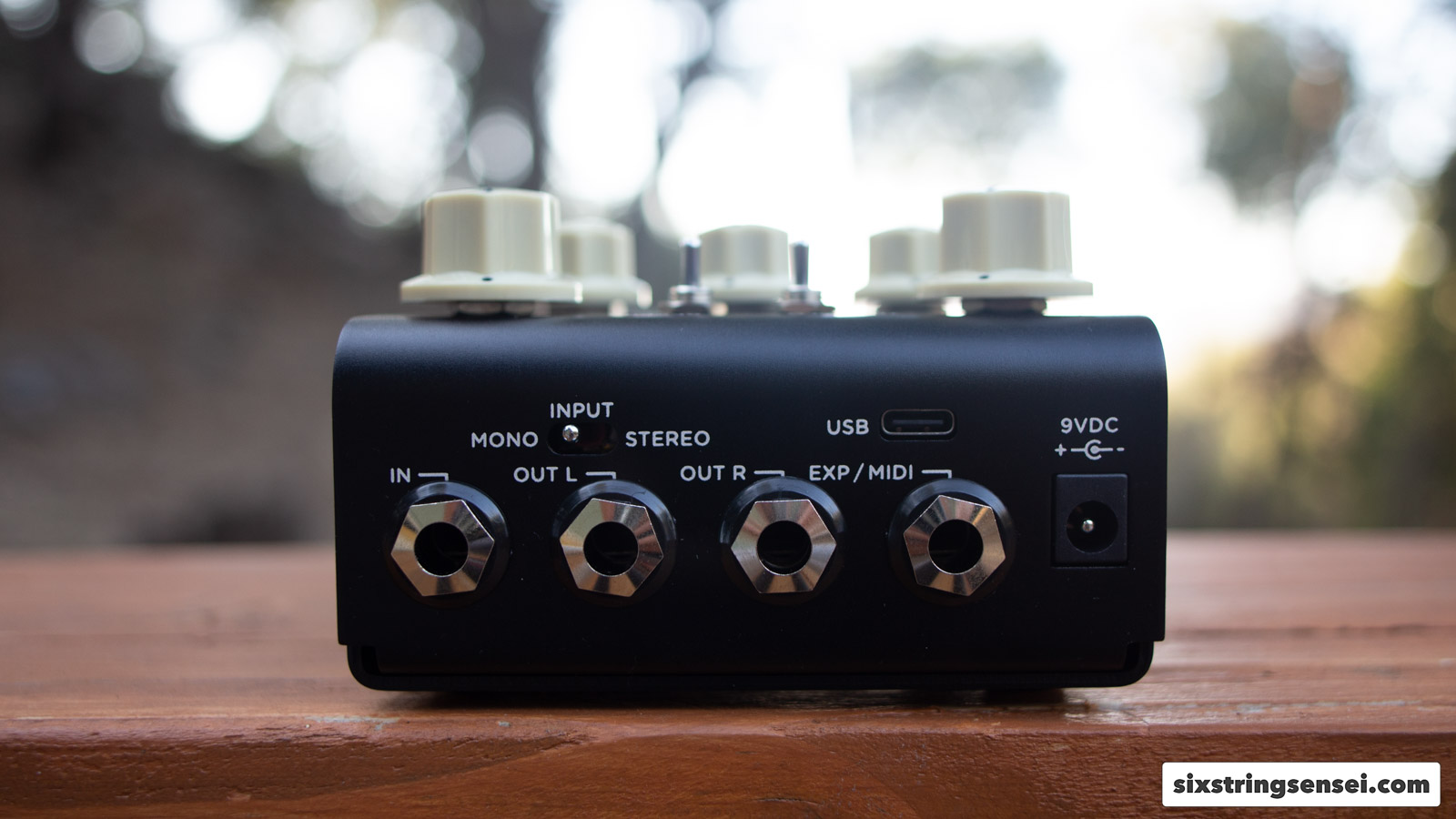
There is one more thing that needs to be considered with the Strymon Flint. It’s great that the V2 has a much easier way to select stereo input, with a toggle switch, it still requires a TRS input. This is due to the limited space back there since there is only space for 4 plugs, and one of them is needed for MIDI and expression. It’s just a space limitation. However, some people like to run a mono board and be able to quickly patch the last few pedals in the chain to stereo for the occasional stereo rig. This is still very much possible here, but you do have to keep in mind that’ll you’ll need to keep a TS / TS to TRS stereo cable handy in your gig bag and can’t just use any random patch cable.
A Small Downside to the Flint Tremolo Side
There is one thing I do wish both Flint V1 and Flint V2 had. For me, being able to tap in my tempo for the tremolo is very important. I actually don’t use tremolo unless I can tap in the tempo I want. For this reason I find I don’t use the tremolo side as much as I could since I’m usually playing to some kind of clock. Both pedals allow you to connect a Strymon Mini Switch for tap tempo, and V2 will also listen to MIDI clock. However, I find that even though that’s great for some situations, it’s less than ideal for simpler pedalboards without MIDI or with less space.
Sometimes a tap tempo switch won’t fit or you may simply not want to spend the extra money. I feel Strymon could have given us that on-board. It could have been designed to where the tremolo switch could be held down for 2 seconds, turning on tap tempo for that side. Then you tap in the tempo and after a few seconds the pedal automatically returns to regular mode. Robert Keeley got this right with the Keeley Hydra and the Keeley Halo. I don’t use tremolo often enough to warrant the extra switch. That’s a fail in my opinion. My main live board is getting a Flint V2, and that board has MIDI clock, so at least I’ll be able to enjoy that. During most of my use of my Flint V1, it really has bothered me quite a bit not having on-board tap tempo control.
Is the Strymon Flint Still Worth It?
So in the end, is the Strymon Flint still worth it? Absolutely. It’s still one of the best-sounding and most utilitarian reverbs out there. It’s a reverb pedal that offers amazingly useful standard reverb sounds without adding a bunch of shimmery ambient stuff that many guitarists don’t need. It does less than other reverb pedals, but what it does, it does incredibly well. It also offers less distraction since you’re not going through endless menus and there’s no vast list of reverb algorithms. It does however offer one of the most discreet infinite reverbs out there. Try it. Turn the decay knob to full and you’ll see what I mean.

